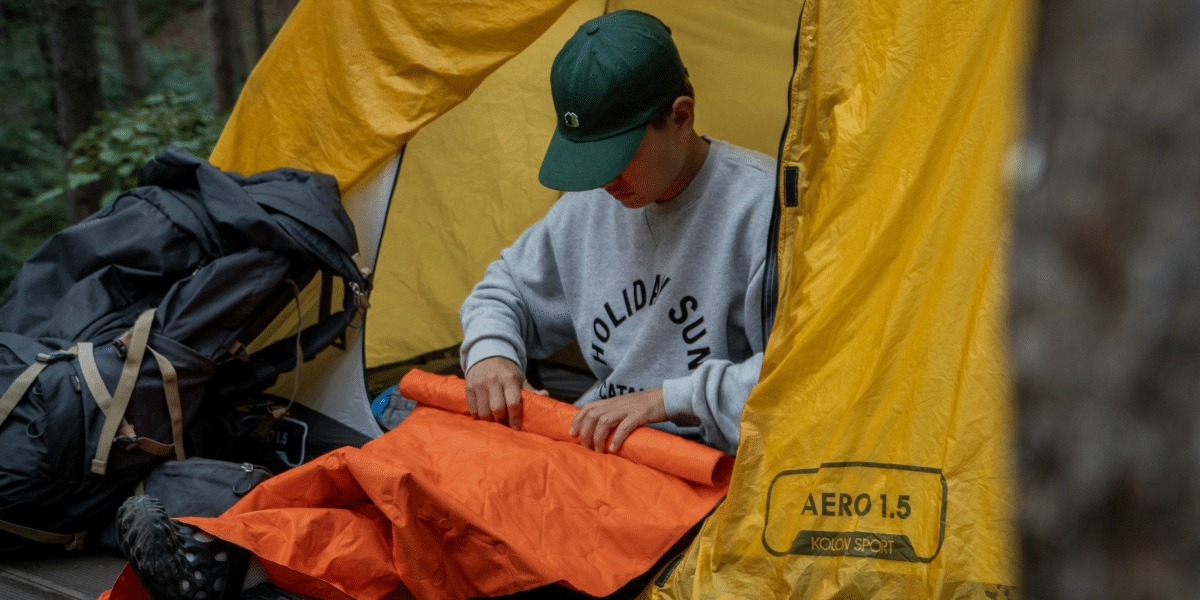Preparing for a climb in the Dhaulagiri region requires careful planning, from selecting the right clothing layers to understanding the accommodations available at various altitudes. Whether trekking through Himalayan villages or setting up camp at high altitudes, having the proper gear and knowledge is crucial for a successful and safe expedition. This guide provides an overview of the essential clothing and accommodations you’ll need for your Dhaulagiri adventure.
Clothing for Climbing
Base Layer:
- Thermal Underwear (tops and bottoms): Choose lightweight, moisture-wicking thermals made of merino wool or synthetic materials. These will keep you warm and dry during exertion.
Mid Layer:
- Insulating Jacket: A down jacket with a high fill power (800+ cuin) is ideal for providing warmth at rest stops and high camps.
- Fleece Jacket: A lighter fleece jacket offers additional insulation and breathability during moderate activity.
Shell Layer:
- Hard-shell Jacket: A waterproof, breathable hard-shell jacket is essential for protecting against wind, snow, and rain. Look for features like pit zips for ventilation and a helmet-compatible hood.
- Hard-shell Pants: Waterproof, breathable hard-shell pants are crucial for keeping your legs dry and protected from the elements.
Additional Clothing:
- Down Pants: Down pants offer an extra layer of warmth for extremely cold conditions at high camps and the summit push.
- Expedition Boots: Double boots designed for high-altitude mountaineering are essential for keeping your feet warm and protected in harsh conditions.
- Gaiters: Durable gaiters prevent snow and debris from entering your boots.
- Expedition Socks: Thick, warm socks made of merino wool or synthetic materials are vital for keeping your feet warm and comfortable.
- Sun Gloves: Lightweight gloves to protect your hands at lower altitudes from the sun’s rays.
- Insulated Mittens: Insulated mittens are essential for keeping your hands warm in extreme cold with waterproof quality.
Accommodation in Dhaulagiri
Kathmandu and Pokhara: The journey begins in the bustling capital, Kathmandu. Here, most expeditions opt for comfortable hotels (typically 3-4 stars) with amenities like breakfast included. This allows climbers to acclimatize to Nepal’s altitude and finalize expedition logistics. Pokhara, a lakeside town, serves as a gateway to the Dhaulagiri region. Hotels here offer stunning mountain views and a relaxed atmosphere for pre-trek preparations.
The Approach:
- Tea Houses: The initial ascent towards Dhaulagiri Base Camp involves trekking through lower Himalayan villages. Many expeditions utilize tea houses and traditional lodges that provide basic but comfortable accommodation. These lodges offer dormitory-style rooms with shared bathrooms. Meals are typically included, with local Nepali cuisine fueling climbers for the journey ahead.
Base Camp Bliss:
- Expedition Tents: Dhaulagiri Base Camp, nestled amidst a breathtaking glacial landscape, becomes your home for several weeks. Here, the accommodation transitions to spacious expedition tents. These tents, typically single occupancy, offer a degree of privacy and shelter from the elements. Sleeping mats and pillows are provided, while some expeditions might even include camp chairs for a touch of relaxation. Tents are the accommodation for the Ama Dablam expedition, Mera Peak climb, Island Peak climb, K2 expedition, Lobuche Peak climb, Everest climb or everest expedition and many other climbs.
- Mess Tent: Community life thrives at base camp. The mess tent, a large tent equipped with dining tables and chairs, serves as the central hub. This is where climbers gather for meals prepared by the expedition cooks. The menu typically focuses on high-calorie, nutritious meals to fuel climbers during their acclimatization hikes and preparation for higher camps.
- Support Tents: A well-equipped Dhaulagiri expedition will have additional tents for various purposes. A dedicated toilet tent ensures proper sanitation, while a shower tent (often a solar-powered unit) offers a welcome opportunity for basic hygiene at high altitudes. Some expeditions might even provide a heated dining tent for additional comfort during harsh weather conditions.
Higher Camps:
- High Altitude Tents: As climbers ascend towards higher camps, the accommodation transitions to lighter, more compact high-altitude tents. These tents are typically shared by two climbers, offering minimal space but crucial protection from the harsh conditions. Sleeping bags with extreme temperature ratings become essential gear for these high-altitude camps.
Published by: Martin De Juan









